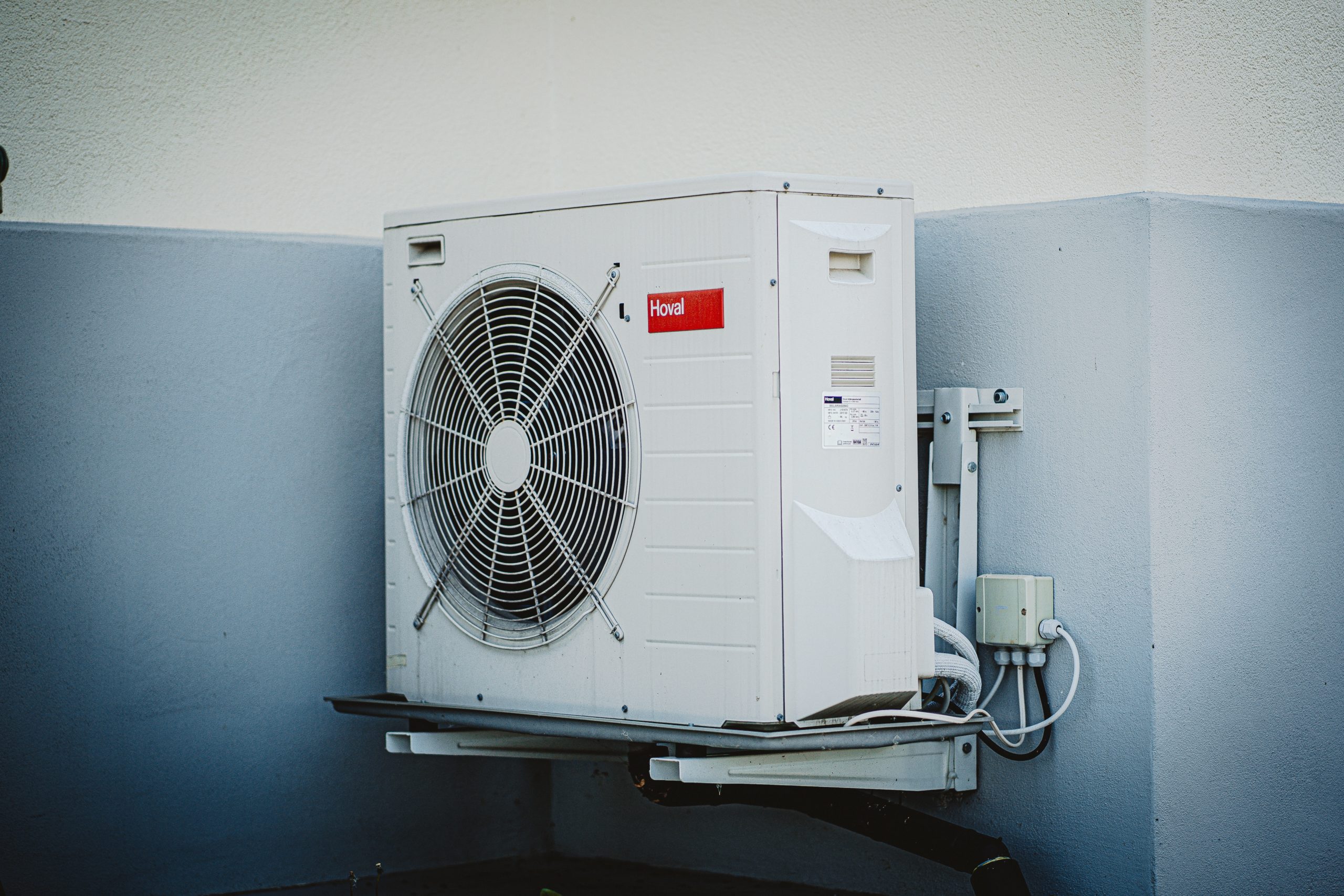If you’re a homeowner, the last thing in the world you want is a hot and stuffy home during the summertime. That’s why it’s so important to keep your air conditioner in peak working order throughout all of those hot months! Maintaining your AC system for maximum efficiency and longevity, however, can be quite daunting if you don’t know where to start. That’s why we’ve put together this helpful guide laying out exactly what steps you should take with an AC maintenance checklist! Read on to learn how simple it can be to keep your cool while keeping costs low and your unit running efficiently year-round.
Scheduling Regular Maintenance Appointments
With summer temperatures quickly approaching, the last thing anyone wants is to have their AC unit break down. That’s why scheduling regular maintenance appointments for your AC system is crucial. Not only will it extend the lifespan of your unit, but it will also increase its energy efficiency and ultimately save you money on your energy bills. During a maintenance appointment, as explained by the team behind https://kandsac.com/, a licensed HVAC technician will inspect your system, clean the filters and coils, tighten electrical connections, and assess any potential issues. This will ensure your AC unit is running smoothly and efficiently, keeping you cool and comfortable all summer long. Don’t wait until it’s too late, schedule your AC maintenance appointment today!
Cleaning Your Air Filter
Keeping your air filter clean is a crucial aspect of maintaining a healthy and efficient home. The air filter in your HVAC system catches dust and other pollutants, preventing them from circulating throughout your home. Over time, these particles build up and clog the filter, restricting airflow and reducing the system’s effectiveness. This can lead to higher utility bills and poor air quality. Experts recommend cleaning or replacing your air filter every 30-90 days, depending on various factors like the size of your house, the number of occupants, and pets. Regularly cleaning your air filter not only saves you money by reducing energy costs, but it also helps keep your indoor environment fresh and healthy.
Checking and Testing the Thermostat
When it comes to keeping your AC unit running smoothly and efficiently, checking the thermostat is a key step. If there are any issues with it, the system won’t be able to maintain consistent temperatures or properly regulate airflow. To ensure that the thermostat is working correctly, test it by setting the temperature for both cool and heat modes. Then wait 10-15 minutes for the temperature to adjust and make sure it’s within a few degrees of the setting. If not, then you may need to recalibrate or replace your thermostat entirely.
Inspecting the Electrical Components
When inspecting electrical components, there are a few key things to keep in mind. First and foremost, always prioritize safety. Make sure to unplug your AC unit before beginning any work. Then, check for any frayed or exposed wiring, signs of corrosion, and loose electrical connections. If you find any issues, contact a licensed electrician right away. They will be able to diagnose and fix the problem quickly and safely.
Checking for Refrigerant Leaks
A refrigerant leak can be a real headache for any homeowner, as it can lead to higher electricity bills and even system failure. One of the most common signs of a refrigerant leak is a decrease in cooling efficiency, which can be noticed even if your air conditioning unit is running at full blast. You may also hear a hissing sound around the unit or notice an unpleasant smell. If you suspect a refrigerant leak, it’s best to call in an HVAC professional who can perform a thorough inspection. They can diagnose the problem and take the necessary steps to fix the leak, which may involve topping up the refrigerant or repairing any damaged parts. By acting quickly, you can avoid more costly repairs in the future and keep your home comfortable year-round.
Scheduling regular maintenance for your AC system is an absolutely essential part of keeping it well-maintained and in good working order. Not only can it help you avoid costly repairs down the road, but it can also help maintain better air quality inside your home. Cleaning the air filter regularly, checking and testing the thermostat, inspecting electrical components, checking for refrigerant leaks, and testing the drain line system are all important steps that should be taken in order to keep your AC system running optimally. If you follow these tips, you will not only extend the life of your equipment but also ensure that you are comfortable all year long.


